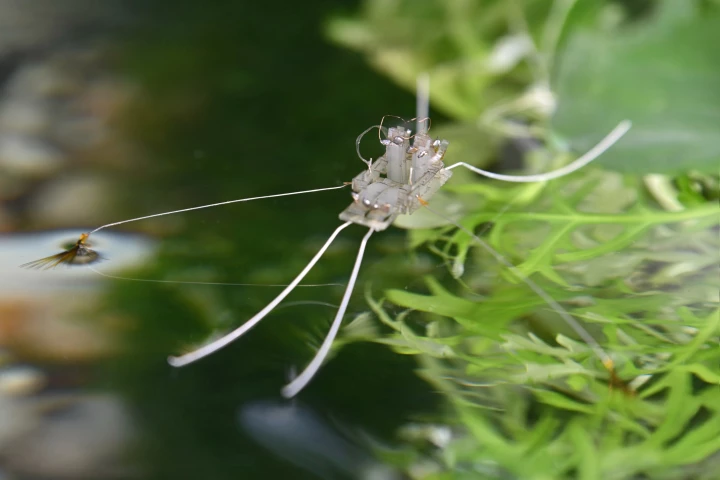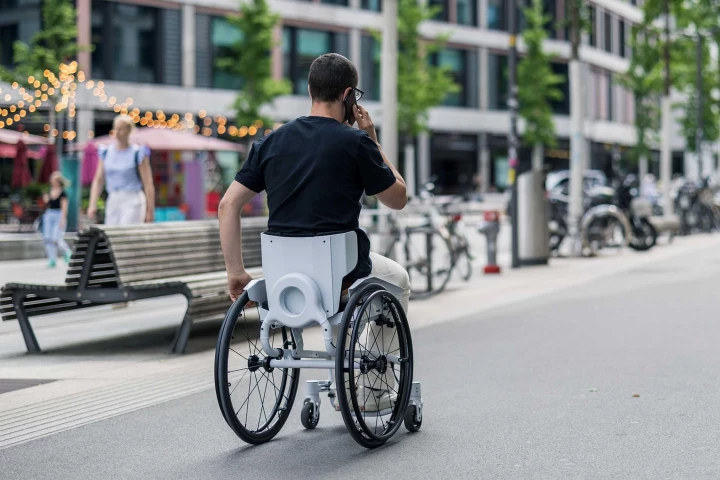locomotion
-
Unlike TARS in the movie, TARS3D doesn’t need human puppeteers to move. Its biotranscending morphology delivers “multiple previously unexplored locomotion modes,” and further exploration offers a “promising pathway for multimodal robotics”
-
Although we've seen many robotic water striders over the years, scientists are still finding new aspects of the insects to replicate. Recently, for instance, researchers created a strider-bot that zips across the water's surface via fans on its feet.
-
If you, like us, were under the impression that two-legged dinosaurs were pacy beasts that could zip across the ground at around 40 mph, researchers have some bad news. A new study suggests they were much, much slower than previously thought.
-
Although soft-bodied robots can be simple devices, they typically require onboard electronics to control their locomotion. Such is not the case with a new bot, however, which utilizes a phenomenon of physics to automatically move its inflatable legs.
-
Quadruped "robot dogs" may move quite a bit like their canine counterparts on land, but they're not nearly as good at swimming (although some can walk underwater). Such is not the case with a new mini-dog-bot, however, which is an expert at doing the dog-paddle.
-
Flying robots do have advantages over their ground-going counterparts, but they're not very energy-efficient. A new bot addresses that tradeoff by using a wing-assisted mechanism to hop instead of walking or flying in the traditional sense.
-
If a robot is being used to gather data in sensitive aquatic environments, it shouldn't have a whirring propeller that could harm wildlife or get caught in weeds. A new bot addresses that issue by utilizing a swimming mechanism inspired by flatworms.
-
Steering a wheelchair can be a strenuous, inefficient process, in that you have to brake with one rear wheel while pushing harder on the other. A clever new chair addresses that problem in a brilliant fashion, by using a moveable backrest to steer.
-
Despite what you might say when drunk, you’re not the best backflipper in the world. That honor belongs to a tiny little bug called a globular springtail, whose superfast backflips have now been caught on slow-motion camera for the first time.
-
Snails are great at climbing vertical surfaces, even though they have just a single wet suction-cup foot. A new robot climbs walls by mimicking that simple yet effective mechanism, although thankfully it leaves a trail of water instead of mucus.
-
You might think that having four legs with wheels on the ends would already make a robot pretty useful. China's LimX Dynamics is taking things further, however, as its W1 quadruped robot is now able to stand up and walk on two "feet."
-
If a soft-bodied robot uses rigid actuators to move its body, then it isn't really soft now, is it? An experimental new caterpillar-inspired bot gets around that conundrum by using soft, collapsible origami segments to squirm and steer its way into our hearts.
Load More











